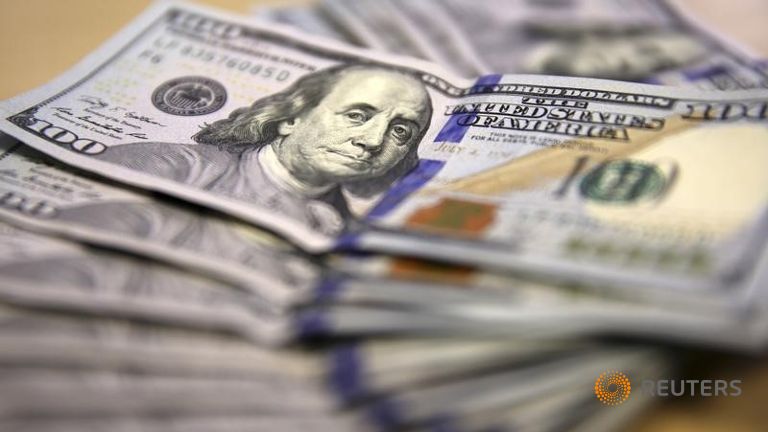Pakistan’s foreign exchange reserves hit a four-year high of $18.20 billion on Thursday after the State Bank of Pakistan (SBP) received $706 million from the World Bank, said a spokesman for the central bank.
[contentblock id=1 img=adsense.png]
The country’s forex reserves touched an all-time high of $18.24bn in 2010-11 which fell to $11bn in 2012-13. The State Bank’s reserves dropped to as low as $6bn the same year. They have now crawled up to $12.5bn.

The PML-N government, which came to power in 2013, borrowed from lending agencies and sold Eurobonds and sukuk (Islamic bonds) which helped the central bank to improve its reserves despite large repayments made during these two years to the donor agencies. With the increase of reserves mostly through borrowed money, the debt servicing has been alarmingly rising as it reflected from the payment of about $7bn in FY14. Currency experts believe that higher reserves, particularly of the State Bank, help stabilise the exchange rate. Low SBP reserves attract speculation which directly hits the local currency, as witnessed in the recent past. When SBP’s reserves hit $6bn, the local currency lost about 10 per cent against the US dollar in a short span of time. The present government acted promptly to tackle this situation and the dollar lost sharply against the local currency falling below Rs98. Since the beginning of 2014, the dollar again started strengthening against the rupee and rose to Rs102 in the inter-bank market.
[contentblock id=2 img=gcb.png]
It happened despite rising foreign exchange reserves. Analysts said it was a deliberate attempt from a powerful segment in the government which forced the finance ministry to depreciate the local currency to boost exports arguing that exporters failed to achieve targets in FY15 due to “overvalued” local currency. However, two major events also supported the central bank to improve its reserves. First, low oil prices in the international market helped the country save a substantial amount on account of import bill, and, second, remittances from overseas Pakistanis grew by 16pc year-on-year to $16.63bn during the 11 months through May. Remittances are now more important than exports growth since the export sector has failed to achieve targets for the last many years despite incentives, including low interest rates on borrowing from banks.











